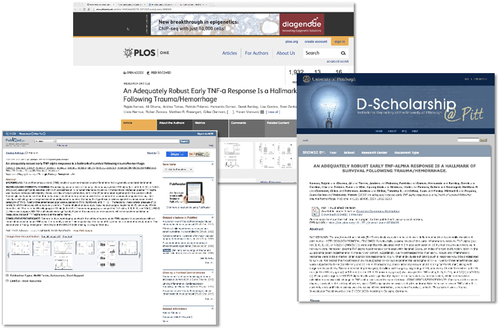PlumX and Institutional Repositories
Since we started PlumX we understood that it was important to work with institutional and discipline-specific repositories, both as a source of research output as well as a target for providing value via PlumX metrics.
PlumX imports records seamlessly from EPrints, dSpace, and bepress. In the case of bepress, PlumX can automatically populate the research output from a researcher profile simply by entering the URL for that researcher in the PlumX Profile builder. Here is an example of a Utah State University researcher being set up using their bepress URL.

We work within an institution’s processes that are already in place for tracking research to make it easier to understand impact—no one wants to start (again) from scratch!
PlumX can also feed metrics back into repositories, providing valuable benefits to authors, potential contributors, and users alike. This is an easy and affordable way to start working with alternative metrics. This includes the metrics beyond the IR “version” of an artifact, providing a greater glimpse into the overall interaction with the research output, as well as giving your authors another good reason to deposit their articles in the repository.
Here is an example with the PlumX metrics at the bottom of the record in the University of Pittsburgh’s D-Scholarship repository showing metrics for the IR version as well as 2 other versions of this article (shown in the figure above).
We have previously posted about how artifact-, author-, and group-level widgets can be easily embedded in web pages and applications to give an idea of the many ways metrics can be displayed in your repository. The “embed widget” link at the upper right hand of any PlumX page allows you with little effort to test out how widgets would look on your site.
Just contact us at team@plumanalytics.com to find out how to get started with your institutional repository.
